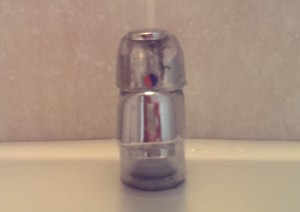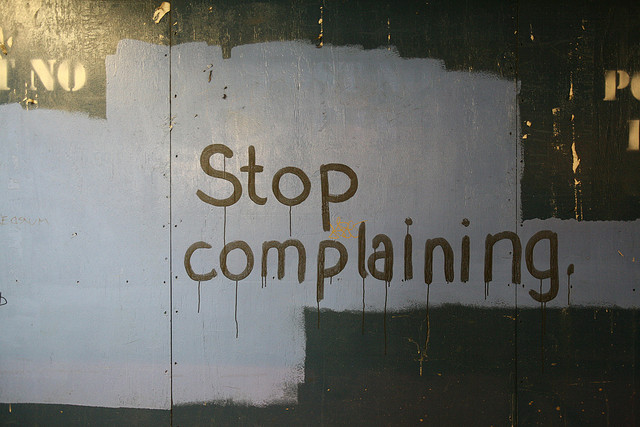How will it make money?
When was the last time you asked “how will it make money?”
What is the first question that you, as a UX expert, ask your client?
Maybe you start with the person whose life will be touched by the product you will design:
“Who is the customer?”
“Who is the user?”
“What is the context of usage?”
Maybe you’ll get a little more big picture:
“What (customer) problem are you trying to solve?”
“Why does the customer need it?”
These are all good questions, but there is a far more important question to be answered. One that I fear is not commonly asked by the UX community. To my shame, I never used to ask it. That question is how will it make money?
In my career, I’ve worked with a number of Telco’s, designing and building experiences for both operators and aggregators. I’ve spent time in stores observing off-line buying behavior, listened to sales call in contact centres, and sat in countless usability tests of on-line cellphone shopping journeys. I’ve seen enough bad journeys, watched enough people struggling with plans, handsets, tariffs and acronyms to know what an awesome on-line buying process should look like.
One day I got the opportunity to prove I could help make this possible. With a great team I worked on a project to build a cellphone price comparison tool that had a single goal in mind. To take the hassle out of the buying process. To enable the user to find the right phone on the right plan at the right price for their needs. Once they’d found the product that met their needs on this aggregator site, all the user need do was go to the provider site and fulfil on their shopping cart. OK, so this part of the journey would be out of our hands, but we’d done the hard part, helping them find the right product. No longer would the customer click on multiple phones and open countless tabs for each provider site that was linked to.
We’d done customer development. We’d carried out research. We prototyped. We ran usability tests. We were confident we’d delivered a fantastic product. The client agreed. It was a well designed, useful, usable product.
As consultants do, we moved on. Another success for the resume. But what happened to our well designed, useful, usable product?
A few months later the product was shelved. It had been a failure.
The reason? The commercials.
But I believe this was also in part because we hadn’t asked that critical question: how will it make money?
How will it make money?
Product aggregators or price comparison sites make money by sending traffic to provider sites. As a consumer, you click on a link on the aggregators site and that takes you to the retailer. When you land on the retailer’s site, a cookie records the source of that link. If you buy a product from the retailer, the cookie recognizes the source and provide a commission to the aggregator for providing the lead.
As an aggregator, it is in your interest to drop as many cookies on retailer websites as possible. Each retailer will have a different conversion rate; you want to maximize the chance that you will ‘get’ the sale. The fact that the end user experience is not perfect isn’t ideal from a UX perspective, but commercially, that’s the way it is.
When we created an aggregator site that directed traffic to a smaller number of retailers, we were lessening the chance of making a successful conversion, overly relying on a single retailers conversion funnel rather than spreading the chance of making a sale. Yes, we had increased the likelihood of the customer choosing the right product, but the hard numbers demonstrated that this wasn’t a business model that stacked up.
It seems crazy now, but we never really pressed on the question “How will it make money?” By focusing so much on the customer experience, we neglected consideration of how the business model worked and how the proposition would generate revenue and profit. We just assumed that make it easy to find what you are looking for, link to the providers site to make the sale and job done!
I’m not saying that the right thing to do is to build a poor UX to make money (even Ryan Air are stopping doing that now). The point I am trying to make is that if you take a moment to ask the question “how will it make money,” you might find that your design decisions take on a different flavor, one that both delivers an awesome customer experience, and also drives financial growth that ultimately pays your bill!














